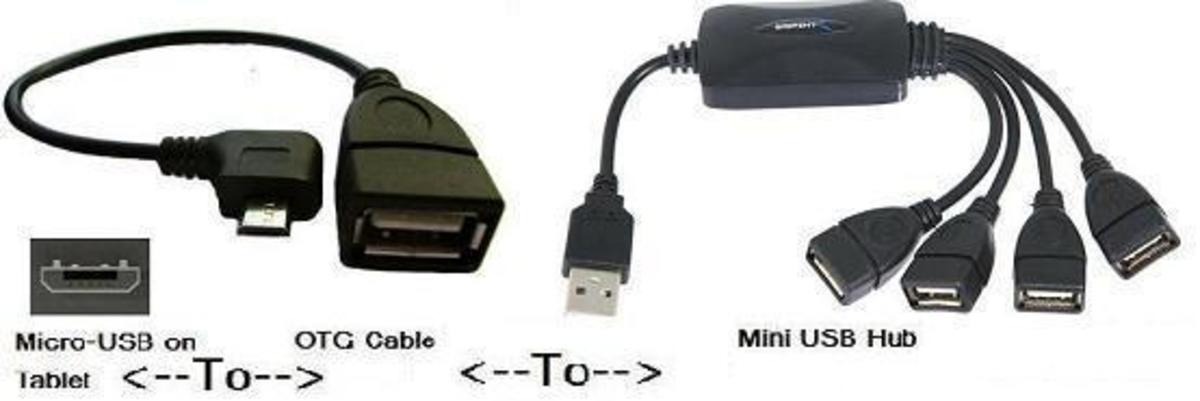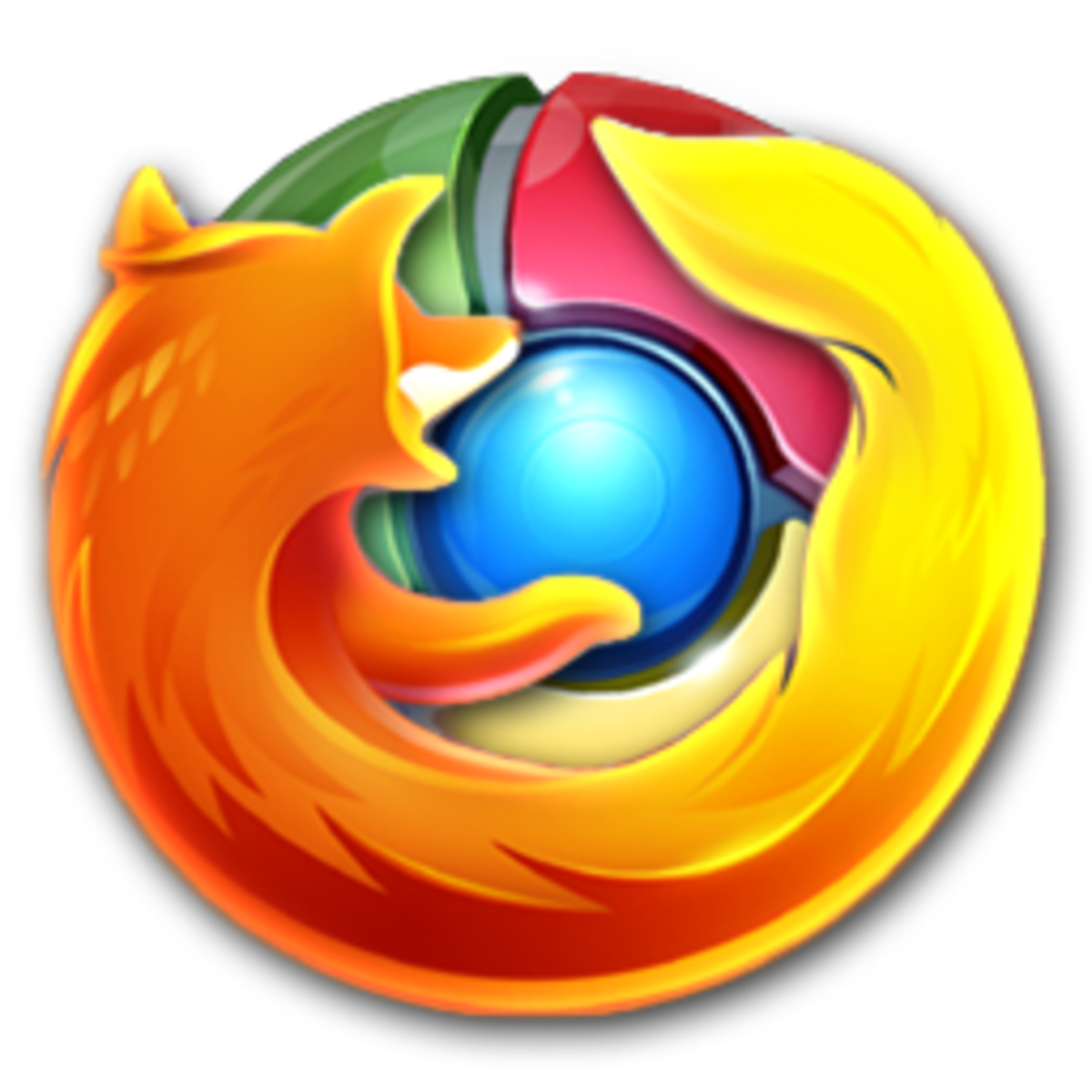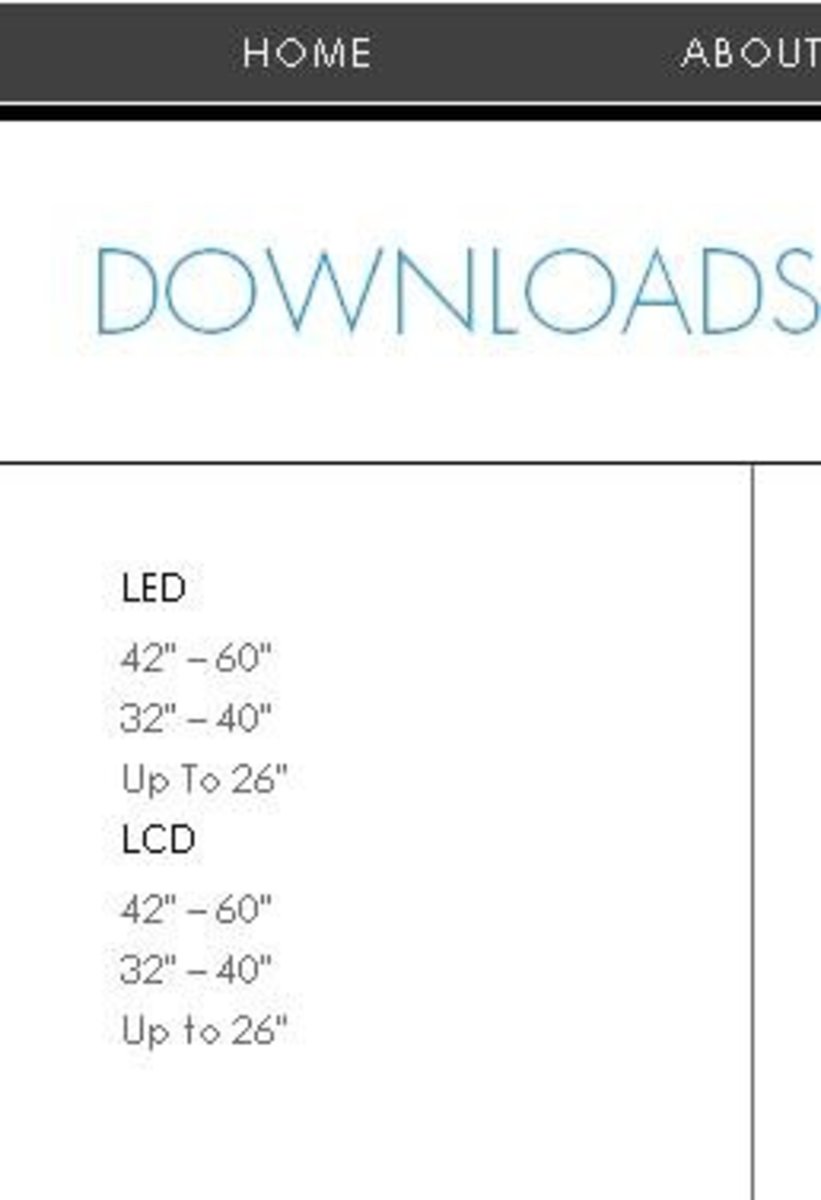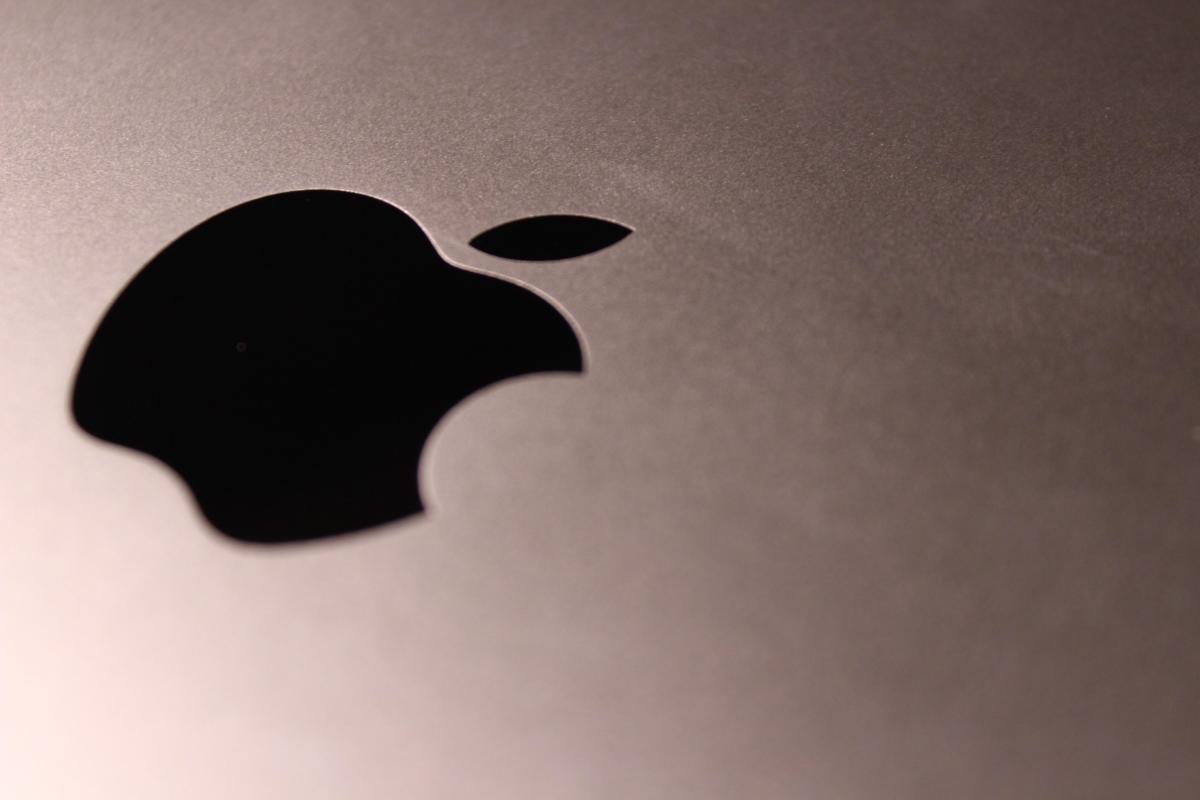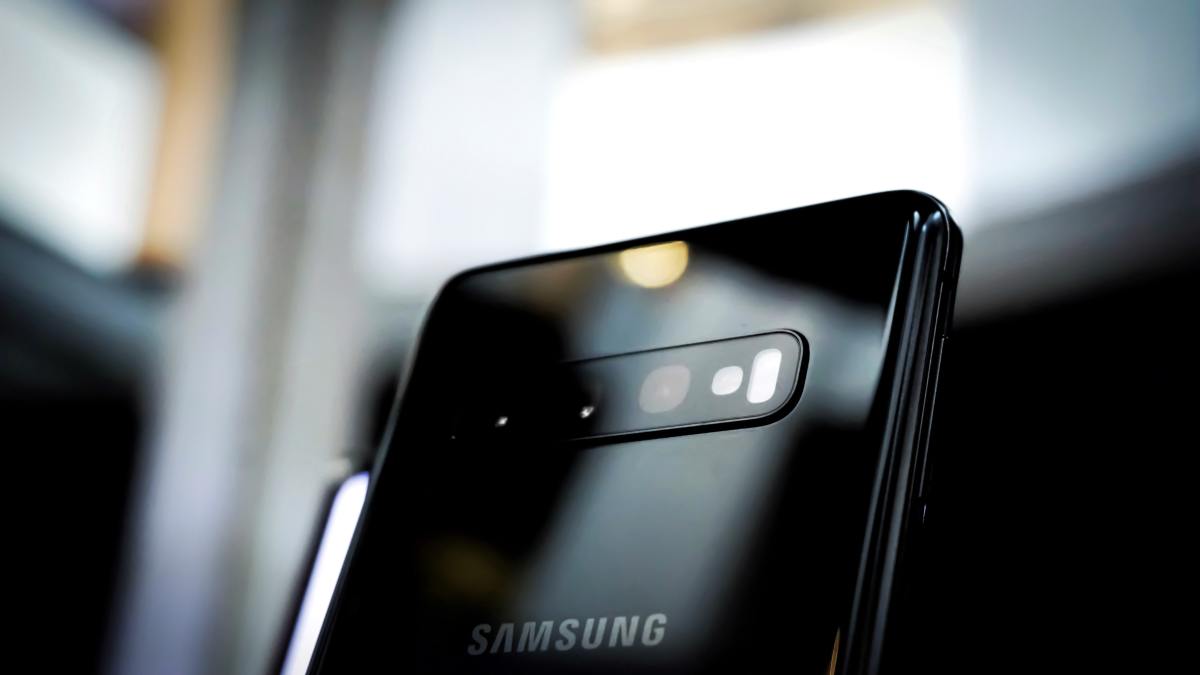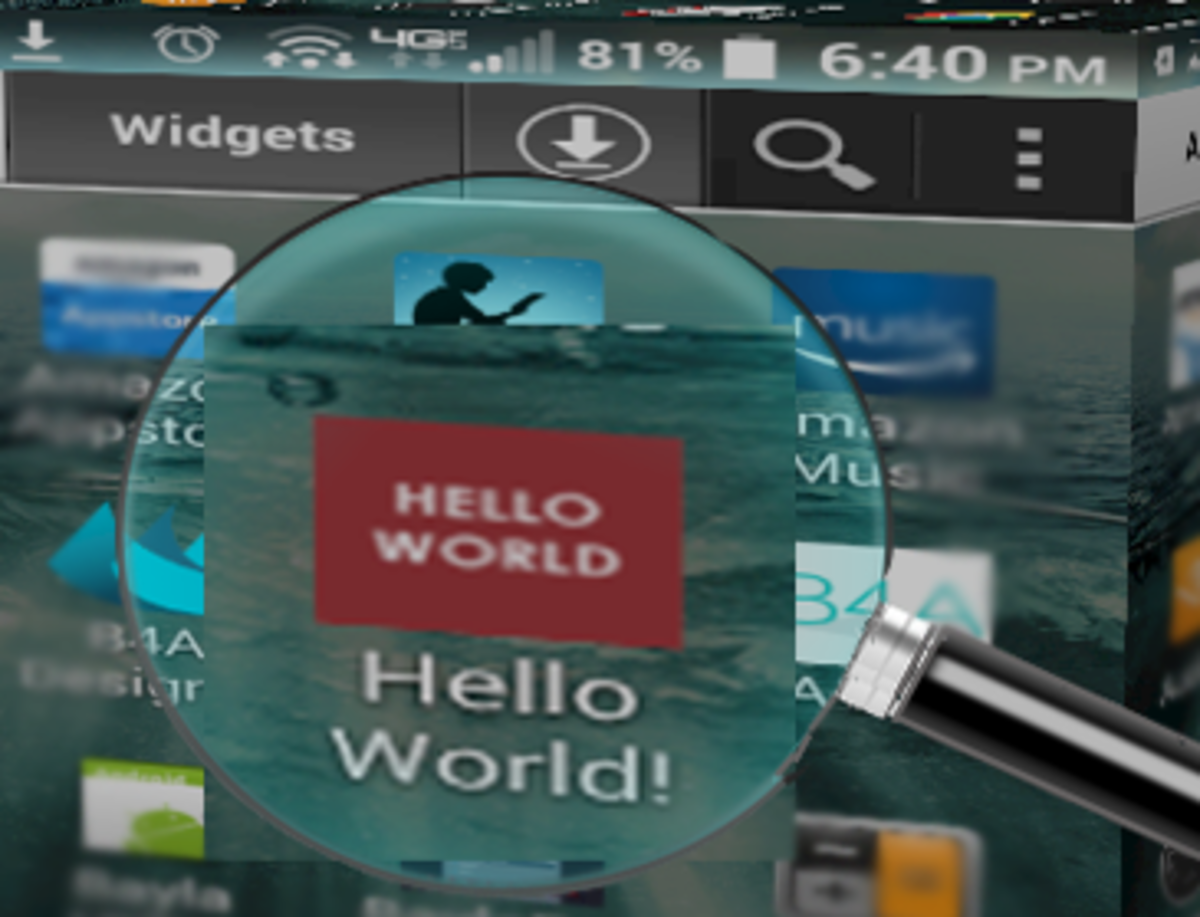- HubPages»
- Technology»
- Communications»
- Smartphones»
- Android Phones
Android, a journey from beginning to Jelly Bean...
What is Android?
Android is an operating system based on Linux. It is specially designed for touch screen Smartphones and Tablets Computers. It is an open source platform. The code of this software released under Apache license.
The Apache license allows the user of the software to freedom to use the software for any purpose. This includes freedom to distribute the software, to modify it and distribute a modified version of the software also. This all have done without concern of any royalties.
Android is a product of google and have a large number of developers. This is the world’s most used Smartphone and tablet computer's platform. It has more than 700000 Applications in Android Applications Market.
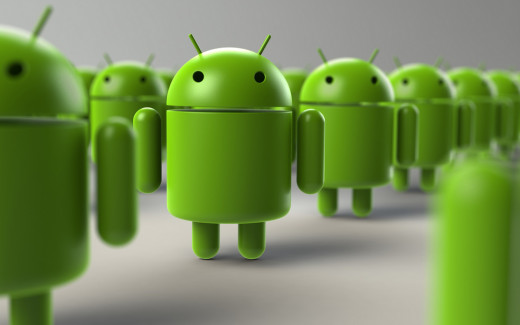
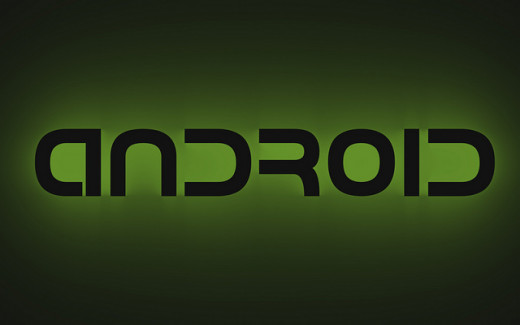
History And Development Of Android Versions
Android Inc. was founded by Andy Rubin, Rich Miner and Nick Sears in Palo Alto, California USA. After some times google Shows his interest in Android Inc. and acquired Android Inc. on August 17, 2005. This was assumed that the google was planning to enter in the mobile phone market by this move.
On November 5, 2007, The Open Handset Alliance (OHA), a group of companies including Google, HTC, Samsung, Sprint Nextel, T-Mobile and Qualcomm decided to develop a new standard platform for mobile devices.
The history of the Android version began with the release of Android Beta in November 2007. After That release Android Operating system does not look back. Android has a number of release of its version.
Versions Of Android 1.0 To 4.2 Jelly Bean
Android has released 39 version update and 18 API level since 2008 when Android released their first commercial android version. Here I represent major Android updates from Beginning.
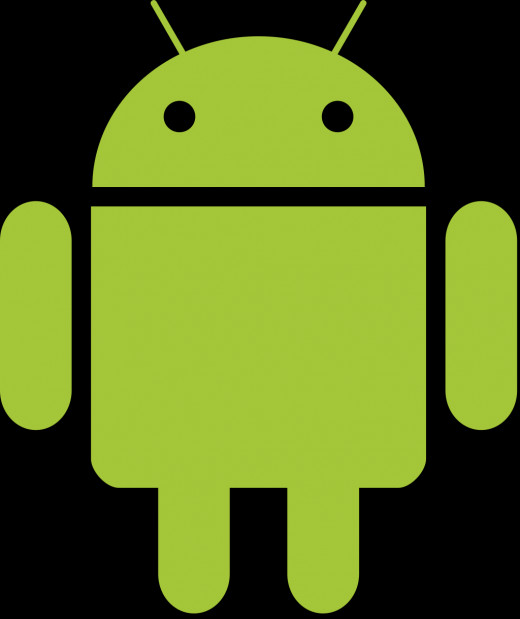
Android 1.0
This was the first android commercial version released on November23, 2008. The first Commercially device based on Android operating system was HTC Dream.
Main features of this android version include-
- Application downloaded and update from android application market.
- Support POP3, IMAP4 and SMTP web email servers.
- Gmail, Google Contacts, Google Calendar synchronization by Applications.
- Google Maps with Latitude and street view.
- Web browser supports HTML and XHTML web pages.
- Instant text messaging, MMS and Google talk instant messaging.
- Voice dialer which allows dialing and placing phone calls.
- Support WI-Fi and Bluetooth.
- Media player and YouTube video playing.
Camera options like change resolution and white balance.
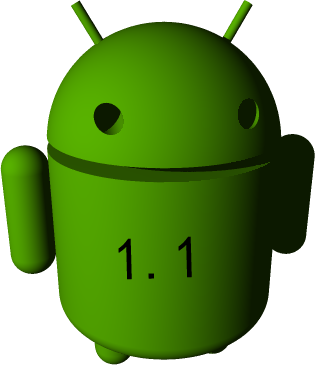
Android 1.1
This update was released on 9 February 2009. This update used only in t-Mobile G1This update resolves the bugs of version 1.0 and added numbers of features include-
- Enhance the use of Google Maps.
- Save attachments of messages.
- Long screen timeout when using speakerphone.
Android Cupcake
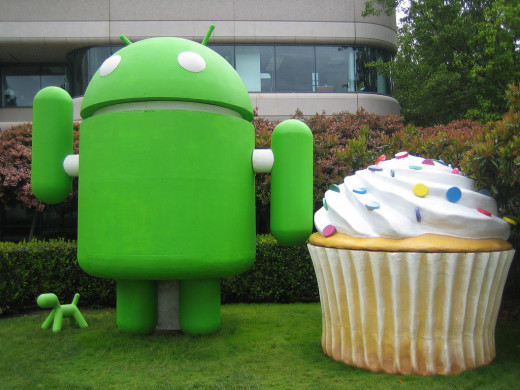
Android 1.5 [Cupcake]
This version of android released on 27 April 2009. This was the first android update which officially uses a code name “Cupcake”. The code name based on a dessert. After that version every android update has a code name based on dessert.
Main features of this android version include-
- Video recording and playback in MPEG-4 and 3GP formats.
- Supports for widgets.
- Support third party virtual key-board and user dictionary.
- Auto pairing for Bluetooth.
- Stereo support for Bluetooth.
- Copy and paste features for web browsers
- Auto rotation of screen.
- Ability to upload photo and video to Picasa and YouTube.
Android Donut

Android 1.6 [Donut]
On 15 September 2009, Android released new version named Android 1.6 Donut. This update was based on Linux 2.6.29.
Main features of this Android version include-
- Enhance the voice and text search
- Enhance Android Application market for easier application search.
- Camera, camcorder and gallery integration.
- Faster camera access.
- Delete multiple photo in one click.
- Support WVGA screen resolution.
- Updated technology support,
- Expanded Gesture Framework.
Android Eclair
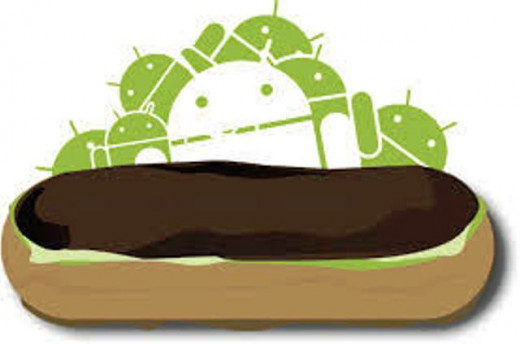
Android 2.0 T0 2.1 [Eclair]
On October 26, 2009 Android released the new update named Android 2.0 Éclair. There were two updates released under the code name Éclair. Android 2.0.1 and Android 2.1 released on December 3rd 2009 and January 12th 2010 respectively.
Main features of this Android version include-
- Bluetooth 2.1 support
- Allow user to add multiple account and synchronization to each other.
- Add Microsoft exchange email support.
- Search within all saved SMS and MMS.
- Delete older SMS and MMS in one click.
- Add new camera features like flash support and digital zoom.
- Improver uses of the virtual keyboard.
- Screen resolution with batter contrast ratio.
- Google Maps 3.1.2 with better experience.
- Live wallpaper and animation.
Android Froyo

Android 2.2 to 2.2.3 [Froyo]
This update was released on 20 may 2010 named Froyo. There were three more updates released under the code Name Froyo. They are-
- Android 2.2.1 Froyo released on 18 January 2011.
- Android 2.2.2 Froyo released on 22 January 2011.
- Android 2.2.3 Froyo released on 21 November 2011.
Latter updates fix the bugs of Android 2.2 Froyo.
Main features of this Android version include-
- Support Android cloud to device messaging (C2DM)
- WI-Fi hotspot and USB tethering .
- Support numeric and alphanumeric password.
- Option and disable data access over mobile network.
- Install Applications with automatic update features.
- Adobe Flash Support.
- Voice calls and contact sharing over Bluetooth.
- Support installing Applications for expandable memory card.
- High PPI screen Support.
- Multiple keyboard language.
- Improved Microsoft Exchange support.
Android Gingerbread

Android 2.3 To 2.3.7 [Gingerbread]
This update was released on 06 December 2010 named Gingerbread. There were many updates released under the code Name Gingerbread. They are-
- Android 2.3.1 Gingerbread released on December 2010.
- Android 2.3.2 Gingerbread released on January 2011.
- Android 2.3.3 Gingerbread released on 9 February 2011.
- Android 2.3.4 Gingerbread released on 28 April 2011.
- Android 2.3.5 Gingerbread released on 25 July 2011.
- Android 2.3.6 Gingerbread released on 2 September 2011.
- Android 2.3.7 Gingerbread released on 21 September 2011.
Main features of this Android version include-
- Support extra large screen and resolution.
- Enhance copy paste function
- Update user interface design and speed
- Faster and more accurate text input with virtual keyboard and voice input.
- Insert new audio effect.
- A new download manager to download files from a web browser, email attachment of applications.
- Support multiple camera of the device.
- Multi touch keyboard.
- Support voice and video chat with Google Talk.
- Improve battery efficiency.
Android Honeycomb Logo
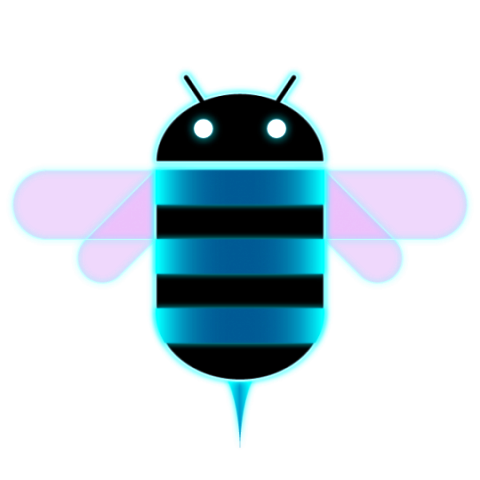
Is Android best operating system for smartphones?
Android 3.0 to 3.2.6 [Honeycomb]
On 22 February 2011 Android release a new updates named Android 3.0 Honeycomb. This was the first version of Android which designed specially for tablets. The first device based on Honeycomb was Motorola Xoom tablet released on 24 February 2011.
There were two major updates under the code name of Honeycomb - Android 3.1 Honeycomb and Android 3.2 Honeycomb. They were released on May 10th And July 15th 2011. Further there were some other updates under the Android 3.2 Honeycomb. They were from Android 3.2.1 to Android 3.2.6 Honeycomb, released between September 2011 to February 2012.
Main features of this Android version include-
- Support external keyboard and pointing devices.
- Support joystick and Gamepads.
- Support FLAC audio playback.
- Resizable home screen widgets.
- New display support.
- Adobe flash support in browser.
- “Pay as you go” support for 3g and 4g tablets.
- Google books.
- Improved camera features.
- Simplified multitasking for tablet users.
- New user interface.
Android ICS

Android 4.0 to 4.0.4 [Ice Cream Sandwich or ICS]
The Android 4.0 ICS was released on 19 October 2011. This version of Android is compatible for all types of Android devices like tablets, Smartphone. It has better user interface and easy multitasking facility. There were many updates released under the code Name Ice Cream Sandwich (ICS). They were from Android 4.0.1 to Android 4.0.4, released between October 2011 to march 2012.
Main features of this Android version include-
- Easy Application Multitasking.
- Create folder with drag and drop facility.
- Customizable launcher.
- Pinch to zoom function.
- Enhance error correction on the keyboard.
- Improve copy and paste function.
- WI- fi direct.
- Support 1080 video resolution.
- Built-in photo editor.
- Set data uses limit.
- Face lock unlocks features.
- Support WebP image format.
- Android Beam a near field communication feature.
- Better camera performance, support QVGA resolution.
- Smoother screen rotation.
- Lock screen widgets which allows direct go to application from the lock screen.
Android Jelly Bean
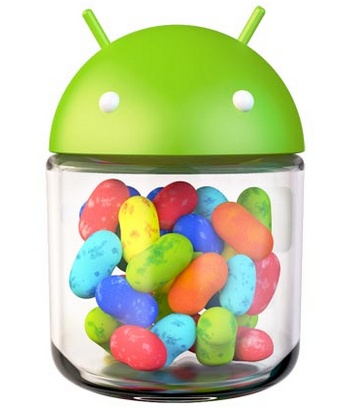
Android 4.1 and 4.2 [Jelly Bean]
On July 9th 2012 Android release a new updates named Android 4.1 Jelly Bean. Nexus 7 was the first device run on the jelly Baen was launched on 13 July 2012.There were many updates released under the code Name Jelly Bean. There were many updates under the code name ICS. They were from Android 4.1 to Android 4.2.2 Jelly Bean, released between July 2012 to Febuary 2013. The Android 4.2 was a major update under the code name Jelly Bean.
Main features of this Android version include-
- Smoother user interface.
- Google Now, search application.
- Bi-directional language.
- Other language support.
- Offline voice dictation.
- Google wallet.
- Expandable notification with power control.
- Keyboard with gesture typing.
- Support for wireless display.
- Group messaging.
- Multiple user accounts for tablets.
- Always on VPN.
- Google cloud messaging.
Android 4.1 vs Android 4.2
Some important facts about Android versions.
- The all android version names are in alphabetical order from ‘C’ to ‘J’.
- It is presumed that the name of the next version of Android started with ‘K’.
- On March 6th 2012, Android Market becomes Google Play Store.
- This time most of Smartphone and tablet computers run on the Android platform.
Development of Android version not ended here. This is only beginning. We have to wait and watch to the new step of Android.

